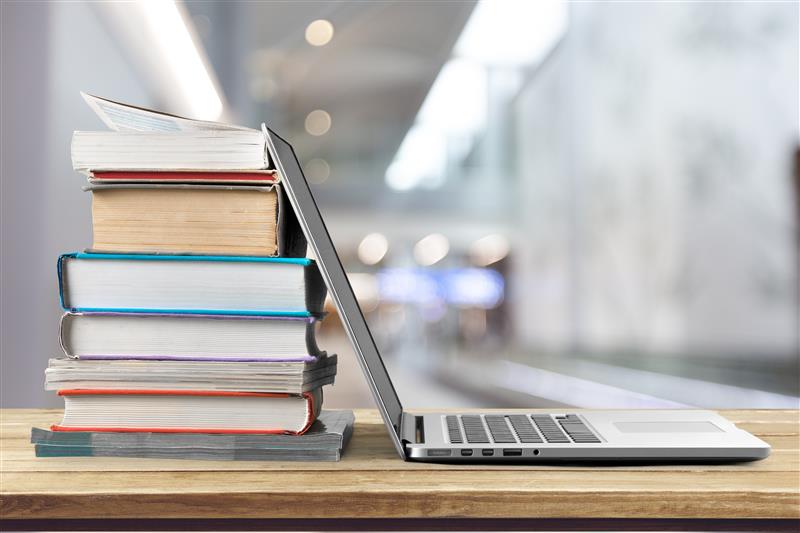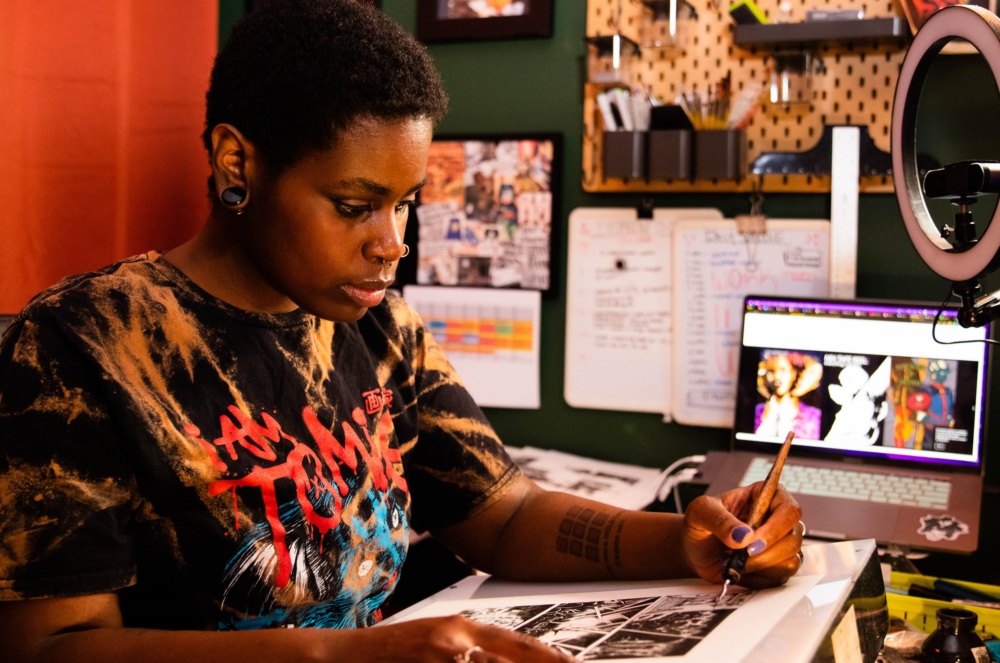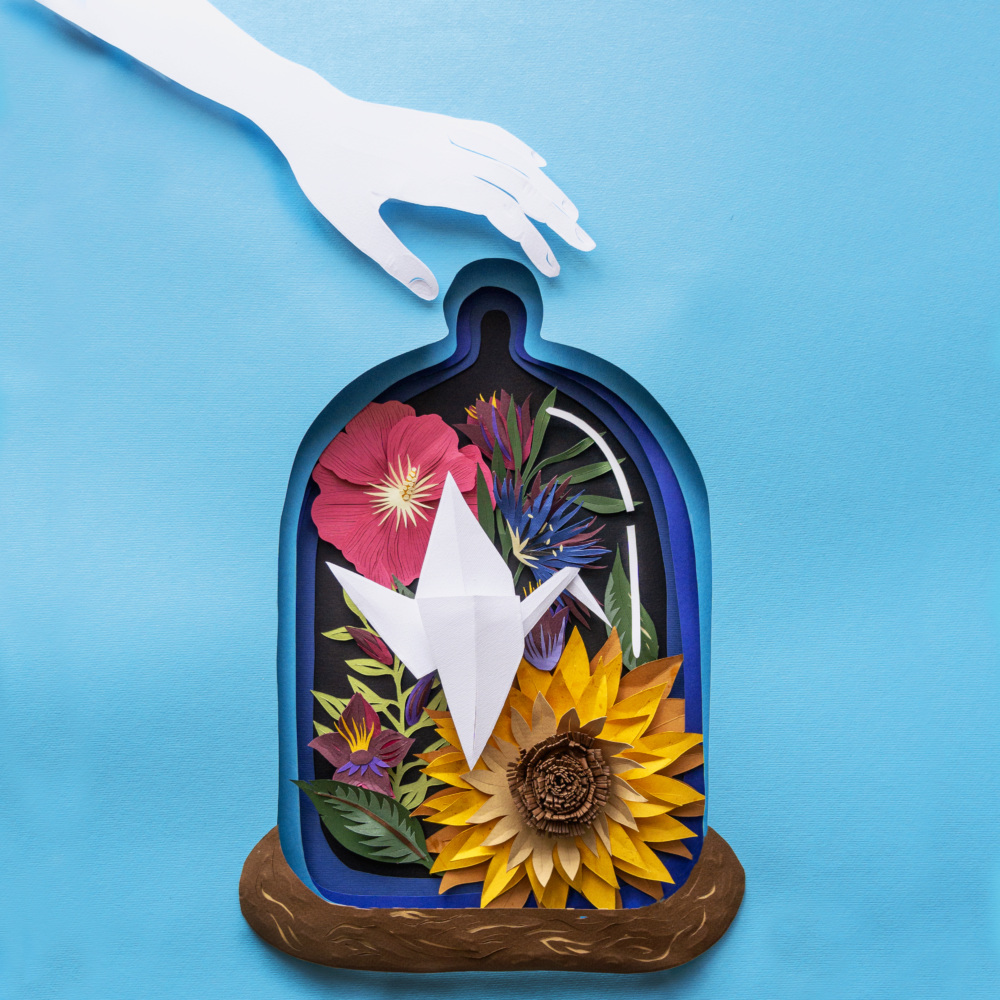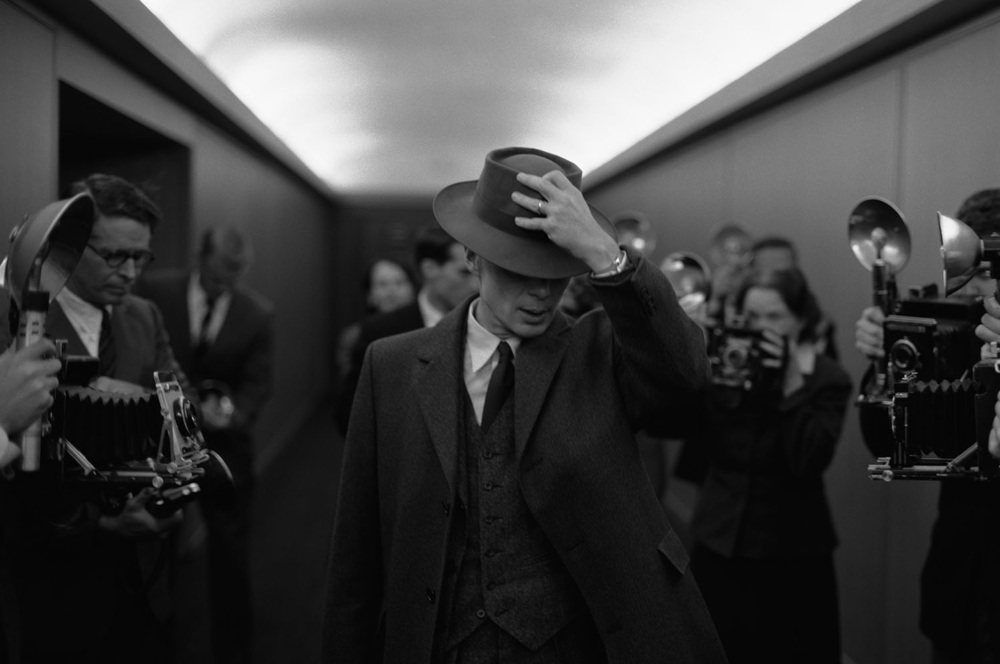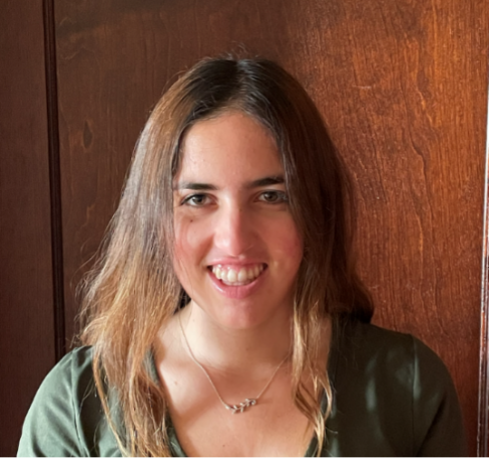
Maya Deutchman
Former Intern, NTI
Atomic Pulse
“Education is the most powerful weapon which you can use to change the world.” – Nelson Mandela
In 2020, the International Committee of the Red Cross commissioned a study of more than 16,000 young adults across 16 countries, some of which were impacted by war and some of which were at peace. The study asked the millennials who participated to rank a dozen global issues, from health care and global warming to corruption and war, according to which ones they believed were the most important.
Nuclear weapons came in last.
I’m not surprised. From my perspective, however, it’s not that young people wouldn’t care about nuclear weapons, it’s just that we don’t have a resonant framework through which to understand them. Even today, as discussions related to nuclear weapons are becoming more mainstream due to the ongoing war in Ukraine, nuclear tensions across the Korean Peninsula, and China’s plans to expand its nuclear arsenal, nuclear security issues and even recent threats of nuclear use out of Russia are still seen as niche issues that lack relevance to most people’s lives.
Before I arrived at NTI as an intern in 2023, my most recent exposure to nuclear issues was learning about the Cold War in my high school U.S. history class. As I sat behind my desk watching black and white videos about duck and cover, I remember feeling grateful that I didn’t have to learn how to defend myself from a nuclear attack. I associated nuclear weapons with the class in which I learned about them: history.
My illusions of nuclear weapons being an issue of the past were quickly shattered as I began to engage in my own research. I learned that there are 13,100 nuclear weapons in the world spread across nine countries, and that there are 22 countries with weapons-usable nuclear materials that are potentially vulnerable to theft. I learned that in the United States, the president can launch a nuclear strike without anyone else’s approval. I learned that there have been far too many instances in which false alarms and miscommunications almost led to large-scale nuclear war, and one individual trusting their instincts saved us.
Although much of this new information was discouraging and, honestly, kind of terrifying, I also learned about past efforts on nuclear security and disarmament that gave me hope. Nuclear disarmament activism has a rich history rooted in marginalized communities and their understanding that the unjust nature of the bomb is closely tied to systems of racism and colonialism. In 1982, one million people took to the streets of New York City to protest against the United States’ continued reliance on nuclear weapons. It was the largest disarmament rally in U.S. history and is credited with contributing to the signing, five years later, of the first U.S.-Soviet treaty limiting nuclear stockpiles.
These discoveries helped me realize that issues related to nuclear weapons do not just belong to security experts, government officials, and highly trained academics. Nuclear weapons can (and do) affect all people, and we all have the right—even the obligation—to understand their implications and work to reduce nuclear threats.
Because just a couple of weeks of learning about nuclear issues transformed my perspective and motivated me to continue to work on these topics, I decided to create a syllabus that would allow others to begin to develop an understanding of nuclear weapons and the impact of their continued existence.
While the syllabus is primarily geared to students, it is intended to provide anyone who uses it with an overview of the nuclear security landscape. It offers insights into the history of nuclear weapons use, the science behind the atomic bomb, the potential effects of nuclear use, nuclear weapons as an intersectional issue, and more.
Although the syllabus can be worked through individually, I recommend gathering a group of friends or peers and meeting once a week to discuss the materials and questions provided. If you’re currently a student, consider starting a reading group at your school. Learning in community is a powerful way to foster change.
My hope is that this syllabus will help more young people learn about the catastrophic risks posed by nuclear weapons and encourage further engagement on an issue that puts all of our futures at risk.
Sign up for our newsletter to get the latest on nuclear and biological threats.
Gigi Murakami is an American freelance illustrator and manga (comic) creator based in Brooklyn, New York. Her work blends Japanese manga art and vintage American comic and pulp aesthetics.
Eugenia Zoloto is a Ukrainian artist who specializes in paper cutting, collages, and illustrations, in addition to working with oil paints and mixed mediums. She lives in Kyiv with her husband and two children and is participating in the 2023 #CranesForOurFuture campaign by contributing a beautiful floral sculpture featuring an origami crane.
Considering the current nuclear landscape, the power of Christopher Nolan’s film and the moral and ethical questions raised by J. Robert Oppenheimer’s work, movie viewers may be motivated to act to advocate for a world without nuclear weapons. But how?
